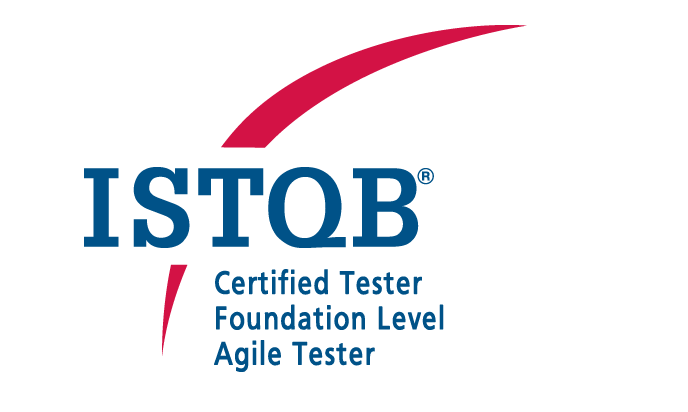Software testing is laborious. It is a long process that must not be omitted in any case if we need to deliver a full-born product. However, many tasks performed by manual testers are repetitive processes that take a lot of time, require many activities, and increase the risk of errors due to their repetitive nature.
In such situations, automated testing might help you. It lets you release some burden from your specialists and assign them to more demanding activities in many projects. As such, it simultaneously contributes to increasing ROI in testing. Check out how Craftware’s automation testers can prepare your organization to enter the next level of software quality development.

-
Reduce testing time
Speed up the process by running tests outside standard working hours.
-
Increase software quality
Increase the number of spotted errors with well-programmed and executed tests.
-
Unleash the potential of your testers
Let your manual testers perform tasks requiring special skills.
-
Reduce your costs
Use our ROI calculator to check whether automatic tests will bring you savings.
-
Numerous changes of environments (browsers, OS, servers, applications)
AND Increasing regression scope
AND Limited resources for manual testing
AND Need for a tester who knows the application
AND Necessity to check whether proper environments are ready for testing
AND Tests taking a lot of time
-
Automated Testing
-
Reduced test involvement
AND More tests performed
AND Shorter performance time
AND Greater coverage
AND Testing of various browsers/OS/devices
AND Reduced total cost
AND Higher testing quality
AND Support for continuous integration
Source: Trends in Software Testing, Business Excellence, July 2016, KMPG.
-
Experienced automation testers
Craftware employs a dozen of automation testers who have taken part in international projects.
-
Knowledge of frameworks
We know HPE UFT, Selenium Webdriver and derivatives, Provar, Soap UI, Rational Integration Tester, Rational Functional Tester, Postman, and such.
-
Consulting competence
We combine technical and consulting skills. We can help you to take the next step on the road to test automation.
-
Environment reusability
We create our automated tests so that, in the future, they are also available for your employees.
-
First, we determine the areas where we can perform automatic tests and consider what business value we want to derive from them this way. Is it checking the system performance? Perhaps we need quick information on the product’s quality we are developing? When we determine the purpose of automated tests, we take care of the technical aspect; we select the tool and create the test environment and the scripts necessary to execute the tests. After running the tests, we can analyze the results and verify whether we have achieved the intended business value.
-
Automation is indispensable in performance, load, and overload testing. However, some aspects are difficult to automate. Some non-functional tests related to aesthetics, clarity, or legibility, for example, are based on subjective impressions. We cannot determine the initial conditions and expected results for them. Therefore, the appearance or clarity can only be judged by a human eye (and therefore by manual testing).
Similarly, it is not possible to automate accessibility tests that are performed to evaluate the software concerning adaptation to the needs of people with disabilities. Therefore, the recommended automation scope should include regression testing requirements. In their plan, it is necessary to determine which parts of the manual regression test cases are subject to automation.
Test automation should not focus on new or changing features and areas. -
Repetitiveness is automation’s great advantage. Assuming the correct implementation of automated tests, we can ensure that necessary actions will be performed the same on each occasion. Moreover, unlike humans, these tests work constantly without breaks for coffee, sleep, or weekend rest. ? However, automated tests lack some elements needed to thoroughly test an application: intelligence, intuition, and imagination. Automation supplements manual tests but cannot replace, for example, exploration tests or a technique based on error guessing, based on the tester’s experience, both in the context of the tested product and the tools used to create it.
-














